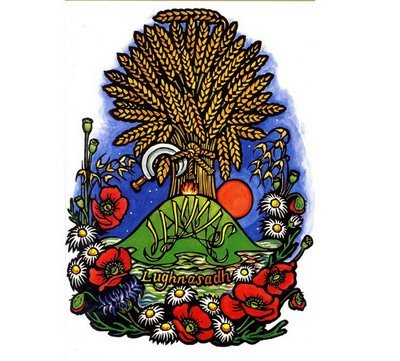
Way back when, I told a story about my anaphylactic reaction to (what we believe was) the
almond oil used during a massage. Since I really haven't touched on the topic since then, and because it's so vitally important -- in my opinion, it's even more important than consciously choosing a diet lifestyle! -- I thought I'd delve deeper into it.
And it's not only because of one's health (which is wildly important, of course), but how those allergies can affect your want to choose a certain diet lifestyle such as vegetarianism or veganism. If you have allergies to certain foods, additives, or other substances, they can affect how and where you get certain nutrients... but it's not the end of the world!
What is a food allergy?
A food allergy occurs when the immune system mistakenly attacks a food protein when ingested. This may trigger the sudden release of histamine and other chemicals to combat these "foreign" bodies, and symptoms of an allergic reaction are the result. These can be mild (rashes, hives, itching, etc.) or severe (trouble breathing, wheezing, loss of consciousness, etc.). Obviously, if severe enough, a food allergy has the potential to be fatal. As many as 15 million Americans suffer from food allergies.
Within minutes to two hours after contact with a food allergen, symptoms such as the following may occur: A tingling sensation in the mouth and throat, swelling of the tongue and throat, difficulty breathing, hives, vomiting, abdominal cramps, diarrhea, drop in blood pressure, loss of consciousness, and even death.
Oral Allergy SyndromeA common "subsection" of food allergies is oral allergy syndrome, or OAS. OAS is a type of food allergy classified by a cluster of allergic reactions in the mouth in response to eating certain fruits, nuts, and vegetables (typically fresh). These typically affect adults with hay fever.
Possibly the most common food-related allergy in adults -- up to 60% of all food reactions are due to OAS -- OAS is not a separate food allergy, but rather represents cross-reactivity between distant remnants of tree or weed pollen still found in the offending food. If you're allergic to weed or tree pollens, chances are you'll have an oral allergy reaction to a related, often uncooked, fruit and/or vegetable. Because of this relationship, OAS is sometimes referred to as "Pollen-Food Allergy".
Different from other food allergies, wherein the reactions can be felt elsewhere, OAS symptoms are contained to the mouth, lips, tongue, and throat.
Below is a list of common cross-contaminated foods:
- Alder pollen: almonds, apples, celery, cherries, hazel nuts, peaches, pears, parsley, strawberry, raspberry
- Birch pollen: almonds, apples, apricots, avocados, bananas, carrots, celery, cherries, chicory, coriander, fennel, fig, hazel nuts, kiwifruit, nectarines, parsley, parsnips, peaches, pears, peppers, plums, potatoes, prunes, soy, strawberries, wheat; Potential: walnuts
- Grass pollen: fig, melons, tomatoes, oranges
- Mugwort pollen : carrots, celery, coriander, fennel, parsley, peppers, sunflower
- Ragweed pollen : banana, cantaloupe, cucumber, honeydew, watermelon, zucchini, echinacea, artichoke, dandelions, hibiscus or chamomile tea
- Possible cross-reactions (to any of the above): berries (strawberries, blueberries, raspberries, etc), citrus (oranges, lemons, etc), grapes, mango, figs, peanut, pineapple, pomegranates, watermelon
How is a food allergy diagnosed?
A skin prick test or a blood test for IgE antibodies is but one commonly used method to determine if an allergy exists. They can be done in a doctor's office on a relatively cheap basis.
If a test comes up positive for IgE antibodies, it doesn't necessarily mean that a reaction can be predicted in the patient if he or she were to eat a suspected allergy-causing food. Rather, a combination of history with food allergy symptoms, a food challenge, or an elimination diet are also used to determine the existence of an allergy.
Should you suspect a food allergy, contact your doctor to schedule a similar test, and be sure to let him or her know of any symptoms you may have or have had.
How do I treat a food allergy?
The most obvious choice is avoidance. You must be diligent in reading ingredient labels for all foods to identify any possible allergens, and obviously, if one is discovered, you can't (or shouldn't!) eat that food. If you have any doubt, contacting the manufacturer often clears that up.
Studies are not at all clear whether food allergies can be prevented, so staying away is the best choice. If, however, you find yourself mistakenly eating something containing an allergen, epinephrine (i.e. adrenaline) is the medication of choice for controlling a severe reaction. These are often given via a self-injectable device such as an EpiPen. After use, it is still important to visit your doctor or the nearest hospital for evaluation and further treatment, if necessary.
What's the difference between an allergy and an intolerance?
The symptoms and other information for a food allergy are all listed above. There are some people, though, who experience a wider variety of symptoms that can't easily be explained, as these symptoms of intolerance can appear subtly even weeks after exposure.
These symptoms can include respiratory distress, depression, migraines, arthritis, irritable bowel syndrome (IBS), and chronic fatigue syndrome (CFS), among others. They can be temporary mild discomfort all the way to conditions like Celiac disease, an intestinal intolerance to gluten (proteins found in wheat and other grains) that can potentially be damaging to the intestines.
Okay, so food allergies and vegetarianism...
Oh, right, that! So you want to restrict your diet as far as meat consumption is concerned, but you discover (or already know) that you're allergic to certain items that would otherwise be staples in your vegetarian diet. I know the feeling -- it's tough being a vegetarian allergic to tree nuts! Those items are already restricted through no choice of your own, and you're left having to find alternatives. In this case, you might be concerned about getting proper nutrients in your diet without these offending foods.
While these concerns are justified, there are certainly ways of getting around these. Typically, food allergies for vegetarians tend to revolve around three main sources: Proteins, grains, and produce.
Allergies to ProteinsMost common: Soy, wheat (like seitan), peanuts, tree nuts
Why it's important: Protein is essential for cell repair, growth, and development
What does your body need?: The typical adult needs four to six ounces daily for women and six to eight daily for men, though some may have higher or lower protein needs. This is about forty-five grams for women and fifty-five for men.
A vegetarian staple, soy comes in the forms of tofu and tempeh and as an ingredient in vegetable broths, meat substitutes, frozen meals, and protein-rich "soy nuts" or soy nut butter. If you're allergic to soy, it is still possible to get adequate protein, but sufficient planning needs to be in place to get four to eight ounces of protein per day. This eliminates many of the above if they contain soy.
Another common direct substitute for meat is wheat, in the form of seitan (wheat gluten). It's sometimes sold as patties and used in vegetarian chilis to give it a meaty flavor and texture.
Then there are peanuts and tree nuts, which are sometimes used to make vegetarian burgers, though they are not common meat substitutes. Rather, these tend to be found whole or crushed in foods and desserts, and as peanut or other nut (i.e. almond, hazelnut, and walnut) oils.
Fortunately, most foods, even green vegetables such as broccoli and cabbage, contain at least a small amount of protein. See this post on "
facts about protein for vegetarians" for a list of such food items. These are obviously great sources of protein, but there are often times when the protein-allergic require more punch.
In that case, amaranth, quinoa, and teff are top choices for those with protein allergies. These grains aren't well known in the States, but they are suitable for vegan diets, are high in protein, and are gluten- and soy-free. Whole-grain amaranth and quinoa are relatively easy to find, now found in many major supermarkets. Teff is a bit harder: An Ethiopian grain, they are sometimes carried by health food stores or grocery co-ops. And of course, they're all available online!
Allergies to GrainsMost common: Wheat, corn, barley
Why it's important: Whole grains are an important source of carbohydrates and, for many, rich sources of certain B vitamins
What does your body need?: The USDA recommends that adults consume three ounces of whole grain products daily.
Carbohydrates are what our bodies use to draw energy, so those who are allergic to grains have to find another source. Many vegetarian options are often grain-based, such as pastas, polenta, couscous, risotto, or corn-based Latin foods.
There are so many nowadays with wheat allergies or Celiac disease, though, that excellent substitutes are all over the place, such as gluten-free pasta, cereal, and bread. I've noticed that Whole Foods and Trader Joe's are especially prolific when it comes to gluten-free items. These can easily replace the food items that would otherwise be off-limits to those with these allergies.
Corn, however, is much different... it's a common grain with no real alternative. Corn syrup, dextrose, and xanthan gum are all derived from corn and are only some of the corn-based ingredients in most processed foods. Unlike wheat, corn isn't covered by labeling laws that require its presence to be clearly noted on an ingredients list, so a corn allergy is truly the most difficult, as it can be hiding anywhere.
But there are alternative grains that can be eaten even by those with grain allergies. Amaranth, quinoa, and teff are cited above, and there's also millet, sorghum, and cassava. And let's not forget rice! While it's not entirely non-allergenic, it can be easier for those with grain allergies.
Allergies to ProduceMost common: Onions, celery, tomatoes, garlic, apples, melon, citrus, strawberries
Why it's important: Fruits and vegetables are valuable sources of micronutrients (vitamins and minerals) and antioxidants
What does your body need?: Varying amounts of vitamins. The USDA recommends two cups of fruit and two and a half cups of vegetables daily.
Fortunately, fruits and vegetables don't tend to be common "hidden ingredients" in processed foods. (Your mama's pasta sauce, though, with the ground up veggies to hide them from you, is another story!) In general, they'll be mentioned by their own names on labels and used in fewer foods than other allergens.
If you look at the list above, though, you'll notice that these foods are what are often referred to as "aromatic": Onions, garlic, celery, or similar vegetables that are used to add flavor to soups or other cooked foods. They appear in countless recipes and in more processed foods than others, such as vegetable broths and prepared dips.
There are alternatives that can easily be made at home, though, with ingredients that can be eaten.
Otherwise, if you have to avoid certain fruits or vegetables, you have to be aware of the micronutrients contained in the foods to which you're allergic, and find other sources of those nutrients. A good example is a lack of iron in a vegan's diet when that vegan is allergic to leafy green vegetables.
What if I can't eat anything?!
Well, chances are, you can eat something. Otherwise, you wouldn't be reading this blog! But there's a point to be made about being allergic to "everything", meaning one or multiple of the above-referenced veg*n staples.
Meal planning is always a great way to ensure you're eating a variety of foods and that you're getting the nutrients you need. Try making a list of foods you'd like to add to your diet and preparing them a couple days a week, even new ones. This is a great way to introduce yourself to alternatives.
And for those allergies that are "staples" in a veg*n diet or when someone has multiple food allergies? Strongly consider working with a dietitian or nutritionist to ensure you're eating a healthy diet. The more foods are cut out, the more difficult it can be, but it's by no means impossible. Professionals may be able to recommend overlooked sources of different nutrition, determine safe and allergen-free sources of supplements, and assist in meal planning. If you can find a dietitian or nutritionist that specialized in food allergies, all the better;
this is an excellent resource for such professionals (scroll all the way down for support groups by state and in certain countries).
Sources:Food Allergies @ About.comVegan Food AllergiesFood Allergy & Anaphylaxis NetworkWiki: Oral Allergy Syndrome

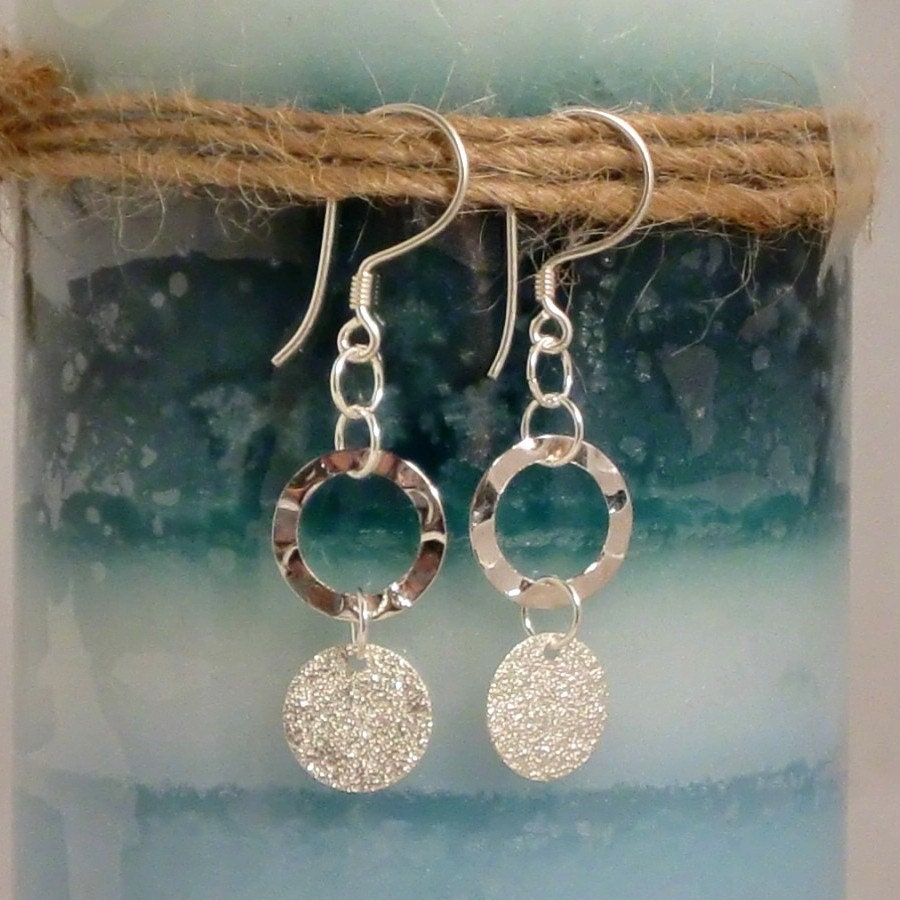
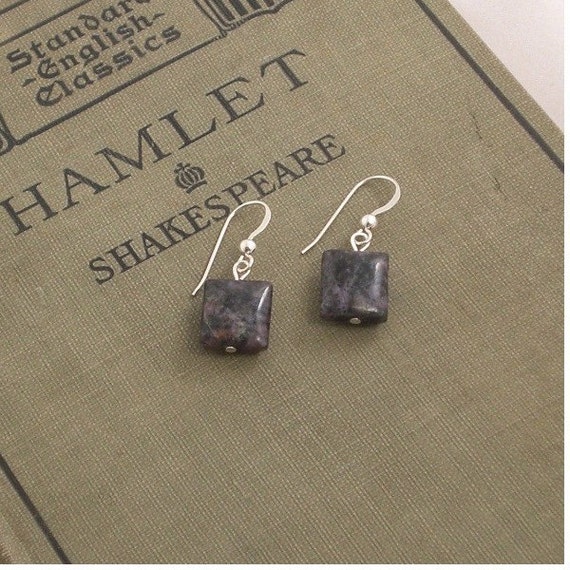
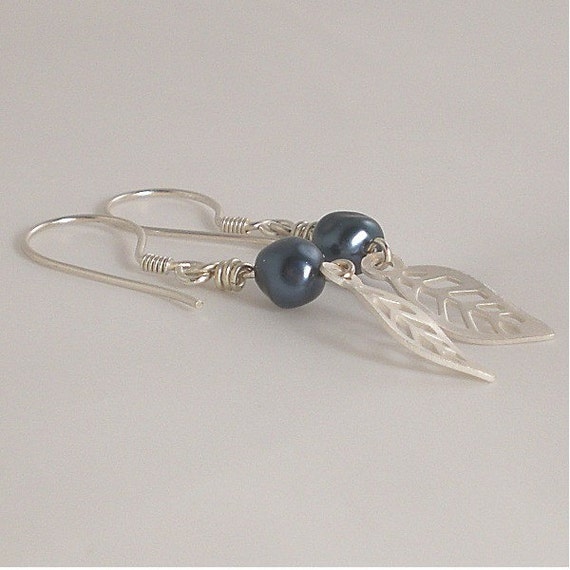 [/caption]
[/caption]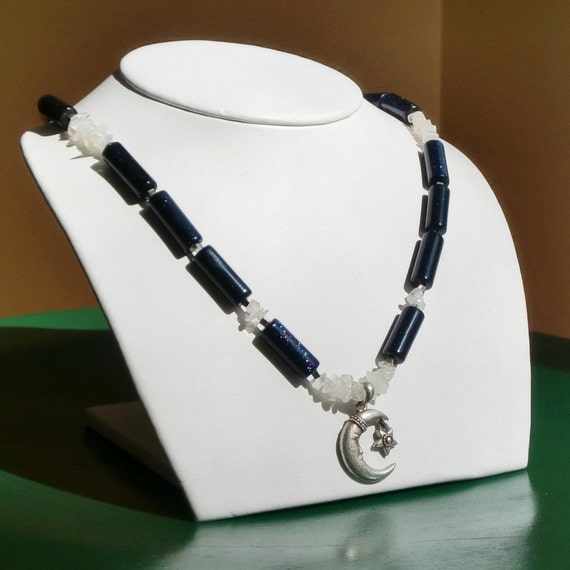
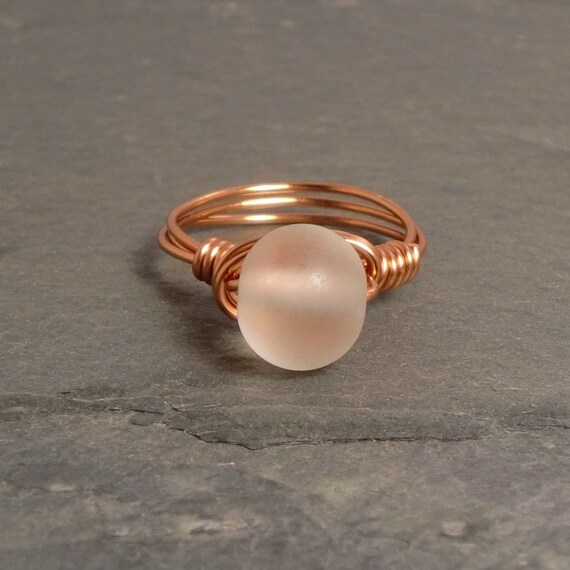 [/caption]
[/caption]




























